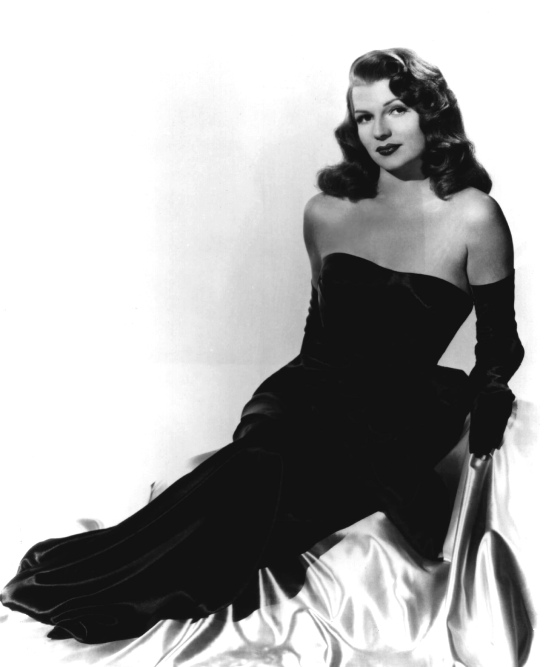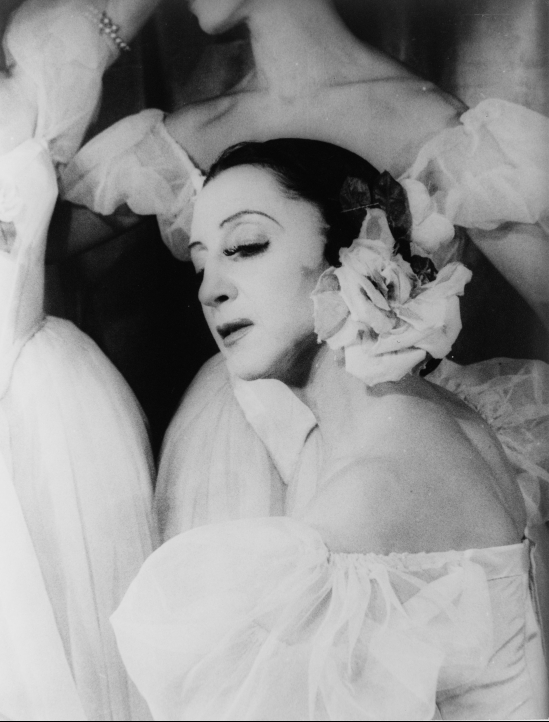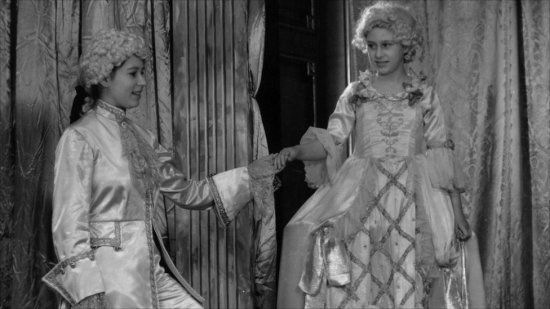In 1945, 23-year-old Judy Garland married director Vincente Minnelli, her second husband.
Garland and Minnelli entered into a relationship, during the filming of Meet Me in St. Louis, after some initial conflict between them. Having to cope with Judy Garland’s chaotic behavior, Vincente Minnelli had to adopt an authoritarian attitude that slowly turned into a protective affection towards a self-depreciating and vulnerable actress. The relationship also surprised their entourage who observed that strange couple made of an elder effeminate director and a young troubled star.
While they were married, Garland and Minnelli worked together on The Clock (1945) and The Pirate (1948). Their daughter, Liza, was born in 1946, and the marriage lasted until 1951.
The romance began to weaken with Judy Garland’s worsened problems due in part to the discovery of her husband’s homosexuality that only increased the lack of confidence she had in herself, a postpartum depression and struggles in her career while Vincente Minnelli found himself in an ambiguous situation:
‘As director, I should have insisted on her fulfilling her assignment As concerned husband, I couldn’t. So I made excuses.’
The couple divorced in 1950 incapable of making one another happy (source).
Judy Garland Vincente Minnelli on their wedding day. June, 1945 via
Judy Garland Vincente Minnelli on their wedding day. June, 1945 via
Judy Garland Vincente Minnelli on their wedding day. June, 1945 via
Judy Garland Vincente Minnelli on their wedding day. June, 1945 via















 Moira Shearer and Leonide Massine in The red shoes, 1948
Moira Shearer and Leonide Massine in The red shoes, 1948 
 Moira Shearer in The red shoes, 1948
Moira Shearer in The red shoes, 1948 














